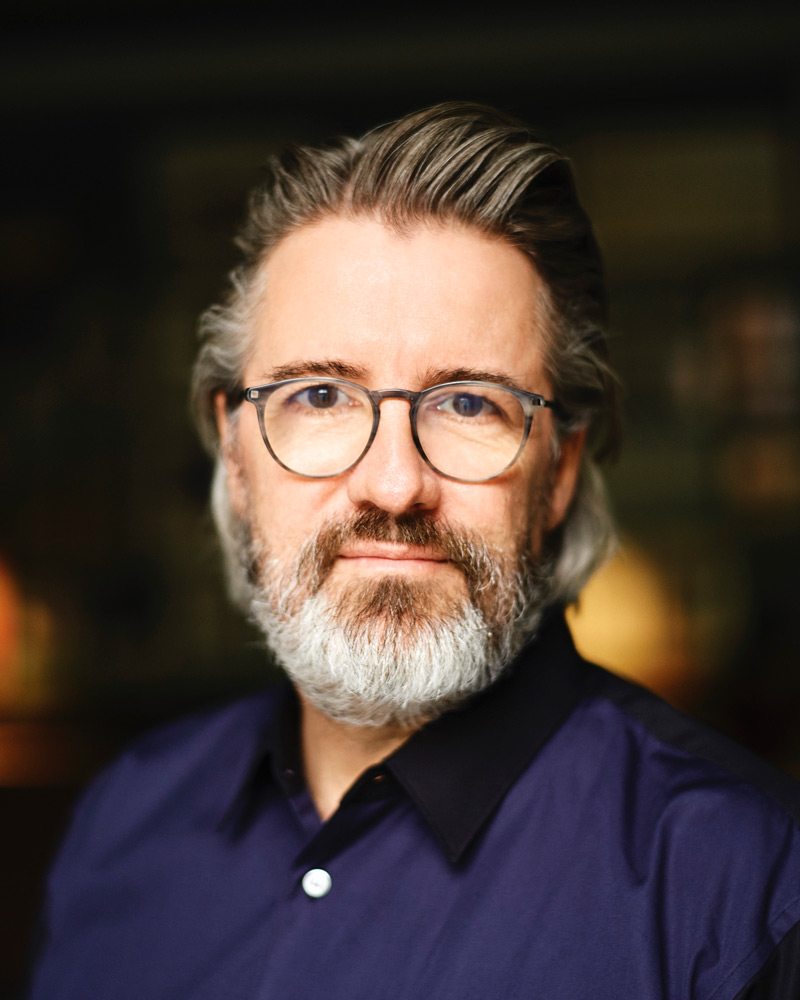Dal 22 settembre 2022 la Fondazione Palazzo Strozzi presenta la grande mostra dedicata a Olafur Eliasson, la cui poliedrica produzione mette al centro il visitatore in una riflessione sull’idea di esperienza condivisa e relazionale della realtà.
Curata da Arturo Galansino, Direttore Generale della Fondazione Palazzo Strozzi, la mostra è il risultato del lavoro diretto di Olafur Eliasson sugli spazi di Palazzo Strozzi. L’artista lavora su tutti gli ambienti rinascimentali, dal cortile al Piano Nobile alla Strozzina, creando un percorso coinvolgente tra nuove installazioni e opere storiche che utilizzano elementi come il colore, l’acqua e la luce per creare un’interazione con nostri sensi e lo spazio rinascimentale. Il contesto architettonico, storico e simbolico del palazzo viene così ripensato esaltando il ruolo del pubblico come parte integrante delle opere.
L’esposizione è realizzata in collaborazione con il Castello di Rivoli Museo d’Arte Contemporanea che il 3 novembre apre al pubblico una mostra dell’artista nei propri spazi.
La mostra è ideata da Olafur Eliasson e promossa e organizzata da Fondazione Palazzo Strozzi e Studio Olafur Eliasson. Main Supporter: Fondazione CR Firenze. Sostenitori: Comune di Firenze, Regione Toscana, Camera di Commercio di Firenze, Comitato dei Partner di Palazzo Strozzi, Intesa Sanpaolo. Con il sostegno di Fondazione Hillary Merkus Recordati, Maria Manetti Shrem, Città Metropolitana di Firenze.
Olafur Eliasson

L’artista islandese-danese Olafur Eliasson (1967) lavora con la scultura, la pittura, la fotografia, i video, le installazioni e i media digitali. La sua arte è guidata dal suo interesse per la percezione, il movimento, l’esperienza vissuta, i propri sentimenti e quelli della comunità. La sua pratica non si limita ai confini dei musei e delle gallerie e coinvolge il pubblico attraverso progetti architettonici, interventi negli spazi pubblici, azioni di educazione artistica, sociale e ambientale.
Dal 1997 le sue mostre personali di ampio respiro sono state ospitate nei principali musei di tutto il mondo. Ha rappresentato la Danimarca alla 50ª Biennale di Venezia nel 2003; nello stesso anno ha presentato The weather project, installazione site specific per la Turbine Hall della Tate Modern di Londra, visitata da più di due milioni di persone. Nel 2014 la mostra Contact ha inaugurato la Fondation Louis Vuitton a Parigi. La mostra del 2015 Verklighetsmaskiner (Reality machines) è divenuta l’esposizione di un artista vivente più visitata di sempre del Moderna Museet di Stoccolma. Nel 2016 Olafur Eliasson ha realizzato una serie di interventi per la reggia e i giardini di Versailles e ha allestito due grandi mostre al Long Museum di Shanghai e al Leeum, Samsung Museum of Art di Seul. Reality projector, installazione site-specific per la Marciano Foundation di Los Angeles, è stata inaugurata nel marzo 2018, lo stesso mese di The unspeakable openness of things, mostra personale al Red Brick Art Museum di Pechino. Nel 2019 si è tenuta presso la Tate Modern In real life, ampia retrospettiva sulla pratica artistica di Eliasson negli ultimi venticinque anni, che nel 2020 ha viaggiato al Guggenheim di Bilbao. Nel 2020 si sono tenute Olafur Eliasson: Symbiotic Seeing alla Kunsthaus Zürich e Sometimes the river is the bridge al Museo di Arte Contemporanea di Tokyo. Per la mostra Life del 2021, Olafur Eliasson ha rimosso la facciata in vetro della Fondation Beyeler a Basilea e ha creato un’installazione dove l’acqua verde brillante di uno stagno è stata deviata all’interno delle gallerie del museo, insieme a una miriade di piante, anatre e ragni.
Situato a Berlino, lo Studio Olafur Eliasson riunisce un ampio gruppo di artigiani, architetti, archivisti, ricercatori, amministratori, cuochi, storici dell’arte e tecnici specializzati.
In copertina: Olafur Eliasson, Firefly double-polyhedron sphere experiment, 2020. Photo: Jens Ziehe. Courtesy of the artist; neugerriemschneider, Berlin; Tanya Bonakdar Gallery, New York. © 2020 Olafur Eliasson









